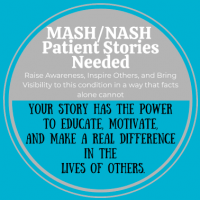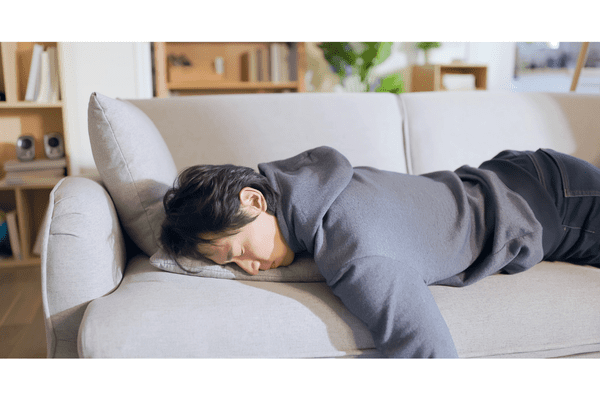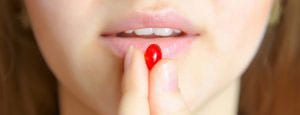Excessive daytime sleepiness (EDS) is more than just feeling tired—it can be a debilitating symptom of two distinct neurological disorders: hypersomnia and narcolepsy. While both conditions share the hallmark of overwhelming sleepiness, their underlying brain mechanisms, symptoms, and treatment responses tell very different stories.
Two Sleep Disorders, Two Brain Malfunctions
In hypersomnia, the brain’s wake-promoting systems appear chronically underpowered. Individuals may sleep 12–14 hours a night and still wake feeling unrefreshed, as if their brain remains stuck in sleep mode. This persistent sleepiness is often accompanied by sleep inertia, or “sleep drunkenness,” where waking up feels like emerging from a fog that can last for hours.
Narcolepsy, particularly type 1, involves a breakdown in the brain’s ability to regulate sleep-wake boundaries. This is largely due to a deficiency in hypocretin (also known as orexin), a neurotransmitter that stabilizes wakefulness. Without it, the brain slips unpredictably into sleep, even during active moments, and allows dream-like phenomena to intrude into waking life.
Sleep Attacks vs. Sleep Waves
One of the most dramatic differences between these disorders is how sleepiness manifests:
- Narcolepsy is marked by sleep attacks—sudden, irresistible episodes of sleep that can occur mid-conversation or while eating. These episodes are abrupt and often brief, with individuals sometimes resuming activities unaware they even fell asleep.
- Hypersomnia, in contrast, presents as a gradual, relentless wave of sleepiness that builds throughout the day, regardless of how much sleep the person had the night before.
Cataplexy: Narcolepsy’s Neurological Signature
A defining feature of narcolepsy type 1 is cataplexy—sudden muscle weakness triggered by strong emotions like laughter or surprise. This can range from mild facial drooping to complete collapse, all while the person remains fully conscious. It’s caused by REM sleep muscle paralysis inappropriately activating during wakefulness.
Hypersomnia does not involve cataplexy, making this symptom a critical diagnostic clue.
The Nap Test: A Diagnostic Window
Short naps offer a surprisingly effective way to differentiate these conditions:
- People with narcolepsy often find brief naps refreshing, as they enter REM sleep almost immediately.
- Those with hypersomnia typically wake from naps feeling groggier, with little to no relief from sleepiness.
This contrast is so consistent that sleep specialists use it as a diagnostic tool during Multiple Sleep Latency Tests (MSLT).
Nighttime Sleep Patterns: Opposing Extremes
Nighttime sleep further highlights the divergence:
- Hypersomnia involves prolonged, deep sleep—often 10–14 hours—yet it fails to alleviate daytime sleepiness. Individuals may be difficult to wake and experience severe disorientation upon rising.
- Narcolepsy features fragmented sleep, with frequent awakenings and rapid entry into REM sleep, disrupting restorative rest.
Dream Intrusions: Narcolepsy’s Disturbing Edge
Narcolepsy blurs the line between dreaming and wakefulness in unsettling ways:
- Sleep paralysis—being awake but unable to move—can occur during transitions into or out of sleep.
- Hypnagogic hallucinations—vivid sensory experiences at sleep onset—can feel terrifyingly real.
These phenomena are rare in hypersomnia and point to narcolepsy’s REM sleep dysregulation.
Neurochemical Clues: Different Origins, Different Treatments
The neurobiology of these disorders underscores their differences:
- Narcolepsy type 1 is linked to an autoimmune destruction of hypocretin-producing cells in the hypothalamus. This explains why narcolepsy can develop suddenly after infections or immune triggers.
- Hypersomnia’s neurochemistry is less defined. Some research suggests an unknown substance may enhance GABA, the brain’s primary inhibitory neurotransmitter, leading to a state of persistent sedation.
Treatment Strategies Reflect Biological Divergence
Both conditions are treated with wake-promoting agents like modafinil, methylphenidate, and amphetamines, but responses vary:
- Narcolepsy often responds well to these stimulants and to sodium oxybate, which improves nighttime sleep and reduces cataplexy.
- Hypersomnia patients may find stimulants less effective. Some respond paradoxically to flumazenil, a GABA receptor antagonist, supporting the theory of abnormal GABA sensitivity.
Emerging treatments like pitolisant, which targets the histamine system, show promise but have variable efficacy across disorders.
Life Impact: Unpredictability vs. Volume Lost
Both disorders profoundly affect quality of life, but in different ways:
- Narcolepsy disrupts life through unpredictable sleep intrusions, making activities like driving or working hazardous.
- Hypersomnia steals time through excessive sleep duration and persistent fog, leading to missed opportunities and social withdrawal.
Understanding these differences is crucial for accurate diagnosis, effective treatment, and compassionate care.








